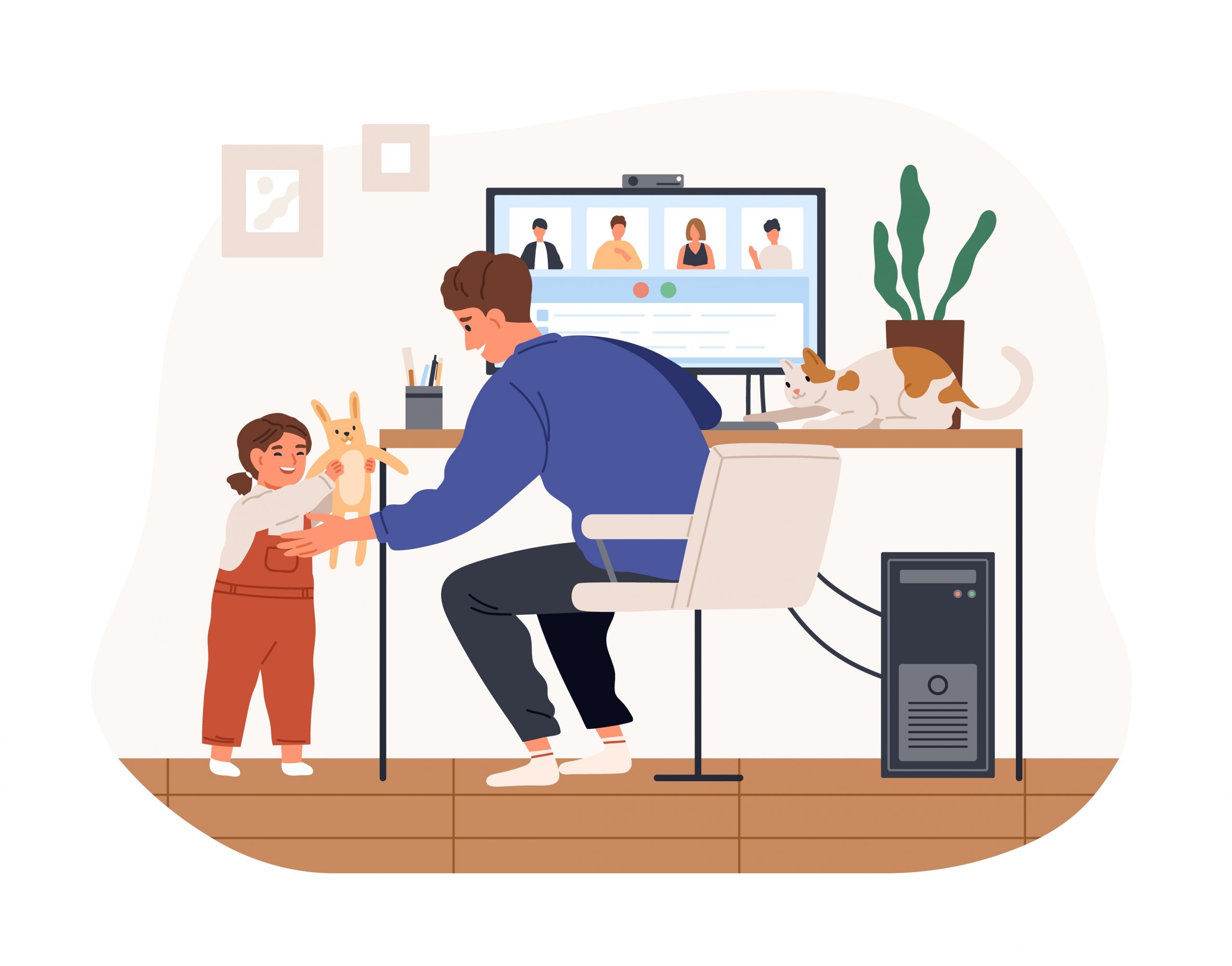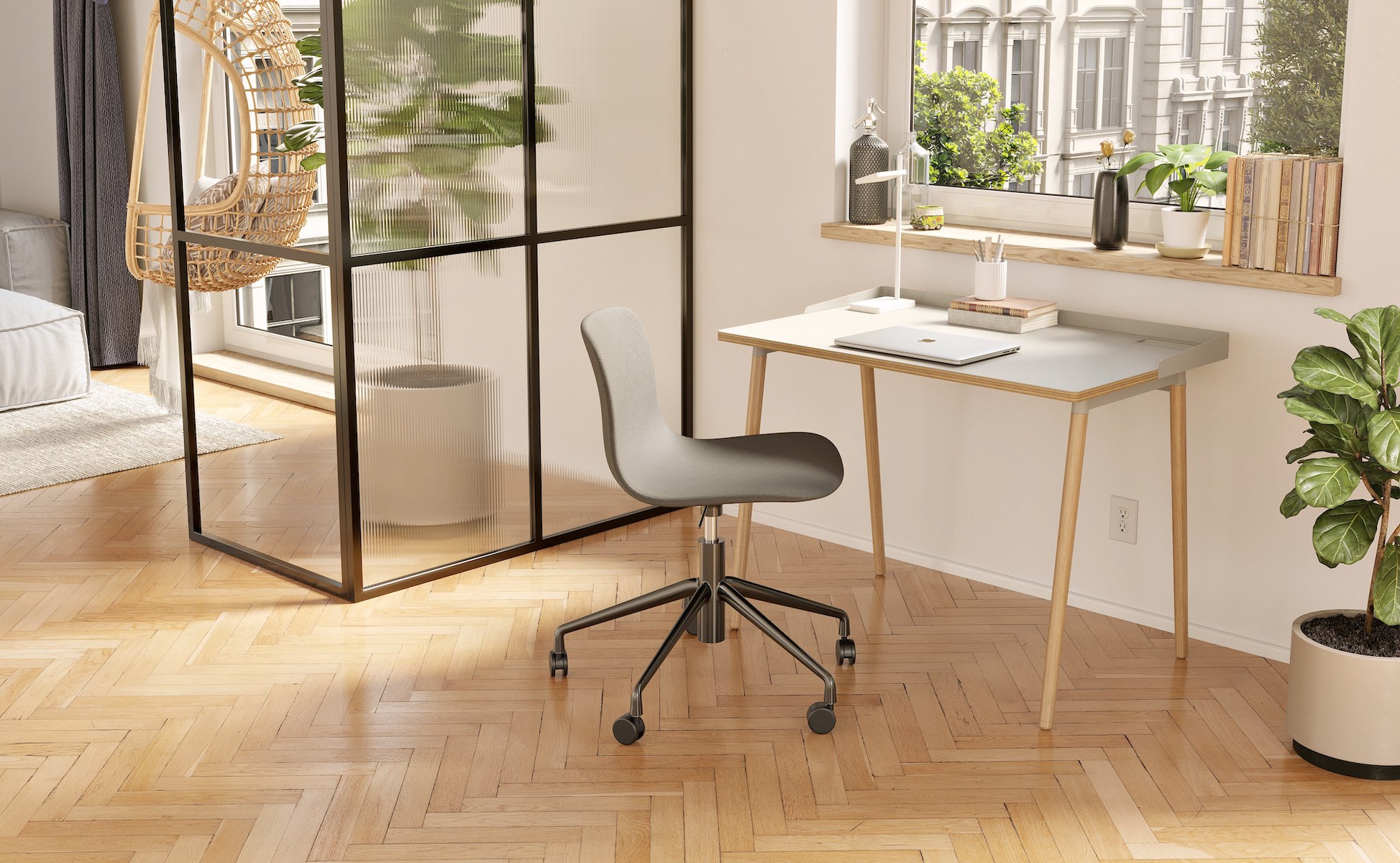In a post-COVID world, employers and employees are rethinking what truly matters.
Prior to the pandemic, Nashville-based TechnologyAdvice would put out Doritos, candy, and cookies for its 140 employees, as well as free catered lunches, self-defense classes, and ziplining retreats.
Today, instead of ziplining outings, employees at the media company now bond over virtual charcuterie board classes (meats and cheeses sent via UPS to their homes). Workers are practicing mindfulness with free Headspace meditation memberships. They’re moving their bodies, thanks to monthly stipends for online fitness classes. And they’re getting ergonomics right at home with full office setups, including keyboards, monitors, and mouses.
The pandemic not only changed how and where we work, but it shifted employee amenities and benefits dramatically in 2020. What is important to workers today is drastically different than it was a year ago. Employers are also changing how they add value beyond a mere paycheck, whether it’s new benefits, creative perks or safer workplace design that makes coming back to the office one day more enticing.
A free vacation to top employees? How about a treadmill desk?
As work-from-home becomes the norm for the foreseeable future, companies are offering stipends to let workers create more comfortable and ergonomic home offices. That’s led to explosive growth at iMovR, a Bellevue, Wash., active office furniture company—annual sales tripled to $15 million last year.
The demand for office treadmills has far exceeded supply for the entire past year, says Ron Wiener, iMovR‘s CEO. As many companies experienced during the pandemic, the supply chain for office furniture has been bogged down at many U.S. ports, including the one outside of Los Angeles. That goes for standing desks and even office chairs, too. “We haven’t been able to get our hands on chairs for months,” says Wiener.
Pre-COVID, companies ordered hundreds of desks for staff in bulk, but today they’re providing individual stipends to employees to design their own home setup. The desks people buy tend to be smaller but nicer, such as those made from solid wood, and thus more expensive—$1,000 to $3,000 apiece.
Publicly, Google has told employees they will be reimbursed up to $1,000 for home office equipment. However, Wiener has seen higher budgets for some employees who are expected to remain primarily WFH for the foreseeable future.
Meanwhile, high-end office equipment is emerging as a new sort of employee incentive. Merrill Lynch began giving its top performers a $2500 treadmill desk—as opposed to a free vacation, as provided by the investment bank in years’ past.
Leaning into childcare and mental health services.
Edie Goldberg, a talent strategy expert in Menlo, Calif., has seen her clients focus more on helping employees manage the stress of remote work and our overall environment due to COVID. (At least 84% of adults reported feeling stressed within the last two weeks, according to a February poll by the American Psychological Association.)
Goldberg says companies are requiring that employees take days off and even implementing “no meeting” days. And, in lieu of a regular lunch meeting or happy hour, some employers send pizzas to employees’ homes or give them credits to order food and alcohol via delivery services such as DoorDash.
“A lot of companies are also leaning into wellness and adding new benefits like access to Headspace and expanded paid leave policies,” says Goldberg, who is president of E.L. Goldberg & Associates.
In addition, at least 46% of companies started or expanded parenting or homeschool resources last year, according to research by McKinsey & Co. And almost all businesses surveyed by McKinsey provide mental health counseling, but only about half of employees know about them.
More companies are touting those services and employee assistance programs to help workers find counselors and support, says Victoria Pelletier, who consults with employers as a vice president of talent & transformation at IBM. Some companies now offer flexible childcare blocks of two to four hours that employees can use when they must attend critical meetings.
This can be crucial because women are leaving their jobs at a higher rate than men due to the pandemic’s impact on balancing COVID-19 childcare and work. In September, 865,000 women left the U.S. workforce—four times more than men, according to NPR.
“This pandemic is having a greater impact on women’s careers than men’s,” Pelletier says. “And it’s significantly cheaper to offer childcare benefits to working parents than to recruit new staff.”
With that struggle in mind, TechnologyAdvice gave its employees a one-time $500 COVID relief stipend and gave its parent employees $1,000 in September. And this year, the media company will be among many that will move to a hybrid work model, where people choose between working fully remotely, working in-office, and working three days in-office and two days remote. This should help ease the pain for many parents that struggle to balance work, homeschooling and healthcare.
Outside home offices, it’s antibacterial surfaces, shift work, bubble rooms and cultural centers.
In February, Salesforce announced that the tech giant would go to a hybrid work model (similar to TechnologyAdvisors above). More companies are likely to follow suit. And that new hybrid work model will undoubtedly require employers to look at office design and amenities in a new way.
Pre-COVID, companies designed their offices to encourage collaboration, creativity, and productivity. Today, they’re trying to safely preserve these ideals as much as possible, implementing copper fixtures and germ-resistant fabric with antimicrobial properties. They’re cleaning rooms with UV lighting and adding dividers and well-spaced desks in offices, and planning for shifts of workers to eliminate congestion. Some may come into the office from 8 a.m. to 3 p.m. and another group might work from 4 p.m. to 9 p.m.
“The typical 9-to-5 day will be out the window,” says Cynthia Spraggs, author of How to Work from Home and Actually Get SH*T Done.
Employers are now researching which kinds of jobs can be successfully done at home in the long-term, what must be done in the office, and looking into who should work where. (Personality is one component of this.) And some regressive company managers still don’t trust their employees: requiring workers to leave webcams on all day or using tracking software to determine whether team members are truly productive or even paying attention during Zoom meetings.
“That feels a bit like being a gulag, and you’ll probably see legislation banning that,” says Spraggs. Last summer’s U.S. Senate Hearings on Remote Working included recommendations on protecting remote employees from activity tracking.
The physical workspace is changing too, and employers are already planning for that future, says Nicole Andreu, lead designer in CannonDesign’s New York City Commercial Interiors Practice, which works with commercial clients of all types including LinkedIn, Showtime, Square, Atlassian, Cboe, Nippon and others.
Andreu’s clients are requesting design concepts that “reimagine” the office five to 10 years from now. Her team has come up with a number of unusual ideas, including a “bubble room” that serves as a safe space with all the amenities you may need to work — technology, privacy, etc., during a pandemic or future black swan events.
Several clients are designing “cultural centers,” or heavily branded spaces where people can meet clients, have socially-distanced meals or meetings with colleagues. Another client halted work on a new employee gym when the pandemic struck and is now revamping the space to be a coworking facility with social distancing in mind. (The client kept the lockers and showers in place for the future, in case a workout facility comes back on the table).
Employers are also looking for new ways to encourage people to come back to the office again. This is pushing organizations to rethink amenities. Are there spaces the workplace can offer better than the home: music rooms, yoga space, gyms, coffee shop-like bar areas or nearby access to retail.
Future designs will likely push workers to rethink their psychological attachment to assigned desks and the old ways of work, says Andreu. Even before the pandemic, many employers were exploring “hoteling” strategies in which employees can book a communal desk for a set time. Hoteling is an immediate strategy for those organizations that need to bring some staff back to the office safely. But it’s also a long-term strategy as we pivot toward a more mobile workforce, explains Andreu.
As work continues to shift in this new era, efforts to retain and attract will continue to evolve as well, focusing on ensuring maximum creativity, productivity, flexibility, and mind and body wellness. Says Spraggs: “It’s going to be an incredible evolution of the entire workforce.”


